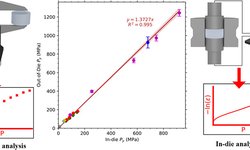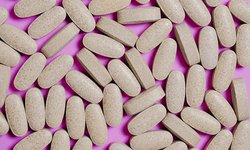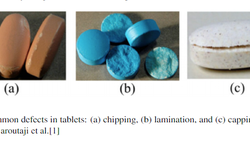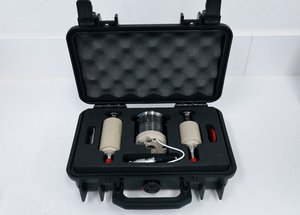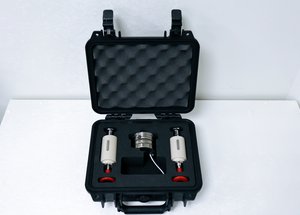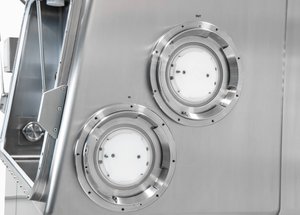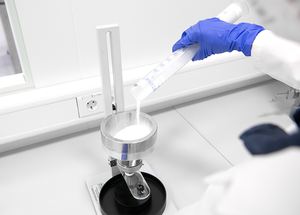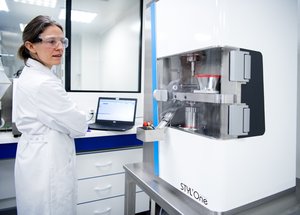Scientific papers
The malleability of materials plays a crucial role in achieving effective powder tabletability, a key factor in the development of successful tablet products. Generally, a more pliable material can generate larger bonding areas under similar conditions, resulting in superior tabletability compared to less pliable materials. However, an intriguing observation has been made: in the case of a solid form of a compound with inherently poor tabletability, a mixture with microcrystalline cellulose (MCC) can paradoxically exhibit enhanced tabletability, a phenomenon referred to as tabletability flip. Consequently, there exists a possibility that a solid form with initially perceived poor tabletability may have been mistakenly dismissed based on expected challenges during tablet manufacturing.
This study was undertaken to explore the universality of this phenomenon across various systems, including two polymorph pairs, a salt and free acid pair, a crystalline and amorphous dispersion pair, and a pair of chemically distinct crystals. The results reveal that tabletability flip manifested in all six systems tested, encompassing five pairs of binary mixtures with MCC and one pair in a practical generic tablet formulation. This suggests the widespread occurrence of the tabletability flip phenomenon, where both compaction pressure and the disparity in plasticity between the materials in the pair play crucial roles.
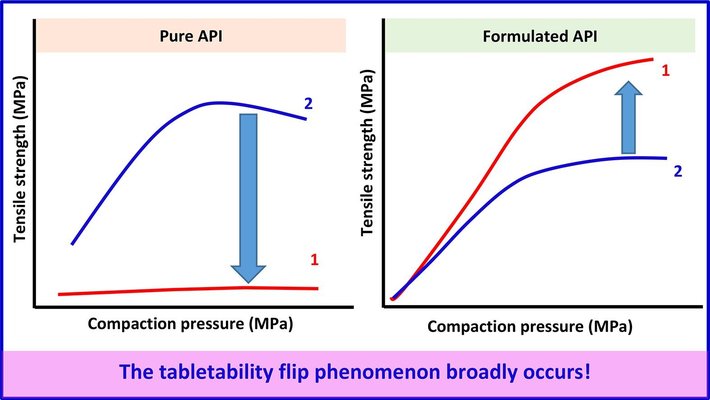
Comments
No comments posted yet.
Add a comment

